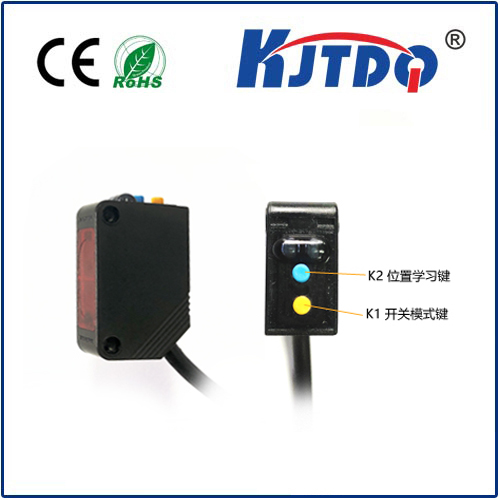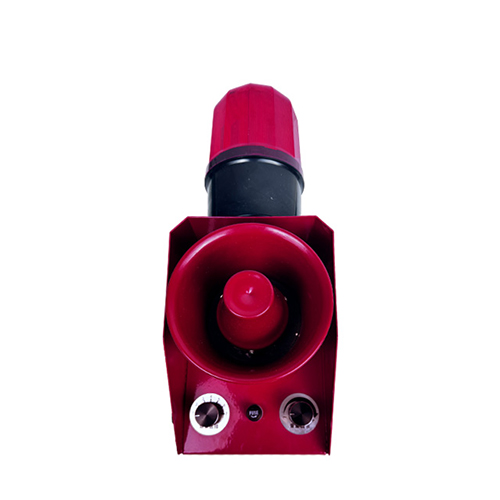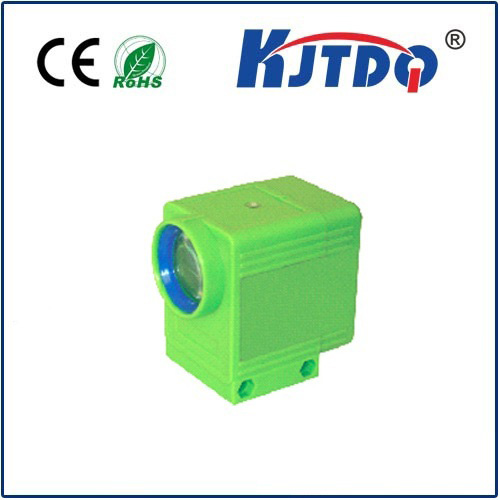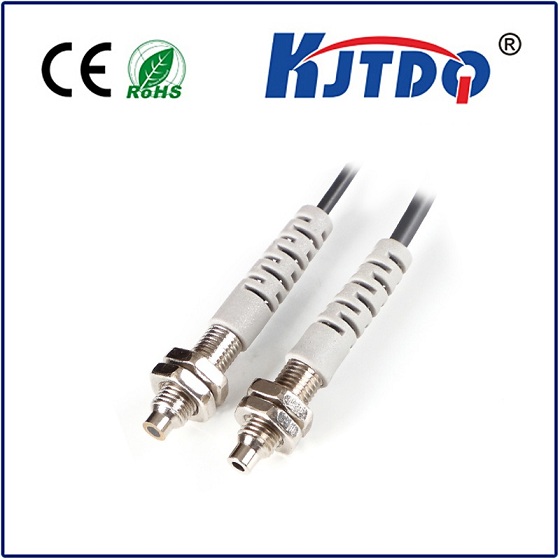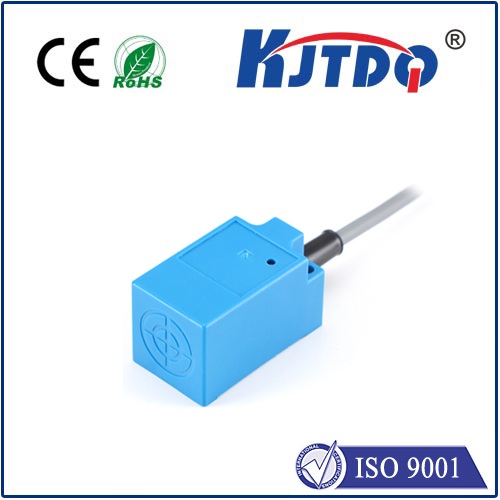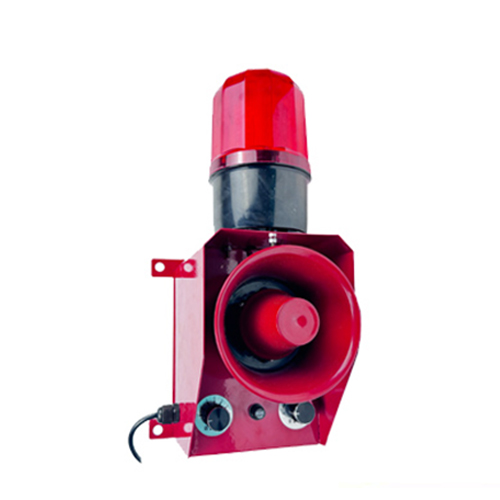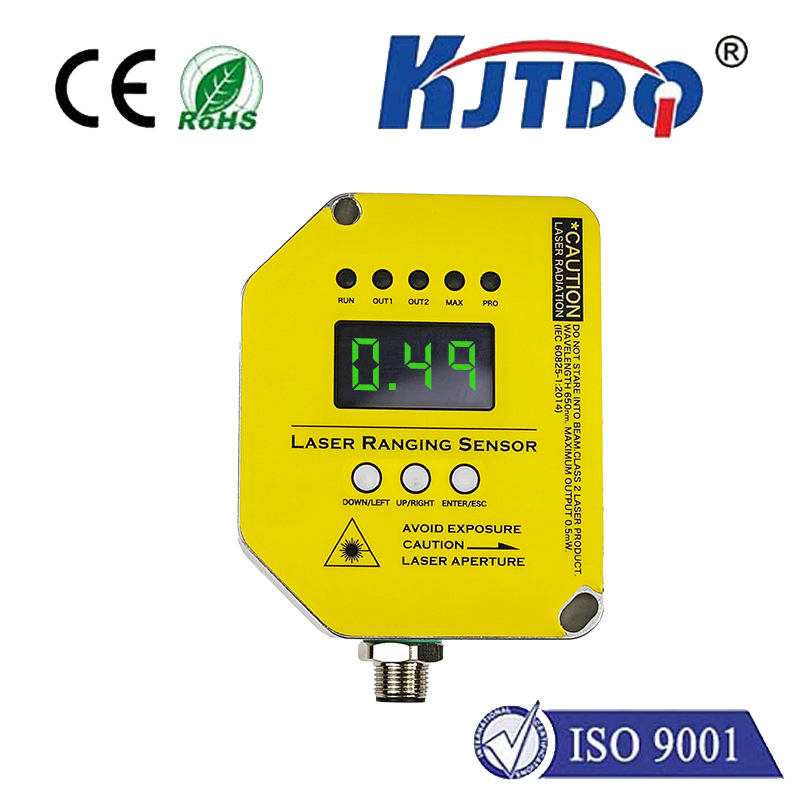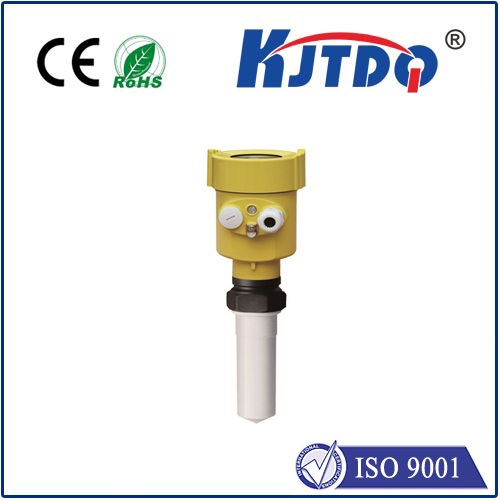E3ZM-T61 2M miniature photoelectric sensors
- time:2025-09-26 01:41:54
- Click:0
Unlock Precision in Tight Spaces: Mastering the E3ZM-T61 2M Miniature Photoelectric Sensor
The relentless drive for efficiency and miniaturization in modern manufacturing and automation presents constant challenges. One persistent hurdle? Reliable object detection in incredibly confined areas where traditional sensors simply won’t fit. Space is often at a premium, but the demand for precision sensing never decreases. This is where specialized components like the E3ZM-T61 2M step into the spotlight, offering robust performance packed into a remarkably small footprint. Designed for situations where every millimeter counts, this sensor delivers dependable 2-meter sensing capability without sacrificing reliability.
Understanding the Core: Miniature Powerhouse
The “E3ZM-T61 2M” designation tells a specific story. “E3ZM” identifies it within a renowned series of industrial photoelectric sensors known for quality. “T61” typically indicates a specific housing style – in this case, the classic cylindrical M12 threaded barrel, but crucially, in its miniature form factor. This significantly reduced diameter is the key differentiator. “2M” clearly denotes the 2-meter standard sensing distance, a substantial range considering its diminutive size. Combining these elements reveals a sensor purpose-built for demanding, space-restricted applications.
Engineering Excellence in a Tiny Package

So, what makes the E3ZM-T61 2M stand out?
- Unmatched Compactness: The defining feature is its miniature M12 housing. This drastically smaller diameter allows it to be installed in locations inaccessible to standard M18 or M30 sensors – think narrow gaps in machinery, tight conveyor cleats, compact assembly jigs, or dense control panels.
- Robust 2-Meter Sensing: Despite its size, it achieves a respectable 2-meter detection range. This is achieved through sophisticated optical design and efficient emitter/receiver technology, ensuring reliable performance comparable to larger sensors at shorter distances.
- Versatile Sensing Mode: The E3ZM-T61 typically employs diffuse-reflective technology. This means it houses both the light emitter (usually an infrared LED) and the receiver in a single unit. It detects objects by sensing the light reflected directly back from the target. This mode offers excellent flexibility for detecting a wide variety of objects without requiring a separate reflector unit.
- Industrial Toughness: Don’t let the size fool you. Built to withstand harsh industrial environments, it boasts a robust IP67 rating. This signifies complete protection against dust ingress and the ability to withstand temporary immersion in water (up to 1 meter for 30 minutes). It’s ready for challenging factory floors.
- Stable Operation: Features like background suppression (often inherent in diffuse models) or stable tuning help minimize the effects of varying background distances or different object reflectivities, providing consistent detection.
- Solid-State Reliability: Utilizing LED light sources and solid-state electronics ensures a long operational life with minimal maintenance, a critical factor in continuous operation settings.
- Standard Wiring Output: Typically featuring a PNP output configuration (though NPN may be available depending on specific suffix codes), it integrates seamlessly with common PLCs (Programmable Logic Controllers) and control systems using standard M12 connectors or flying leads.
Where Does the E3ZM-T61 2M Miniature Sensor Shine?
Its unique combination of small size and capable range opens doors to numerous applications:
- Compact Machinery & Robotics: Essential for object detection within the tight confines of small CNC machines, intricate robotic grippers, assembly arms, and miniature automation cells where traditional sensors are too bulky. Detecting small parts on micro-conveyors.
- Conveyor Systems: Perfect for monitoring small objects or verifying part presence on closely spaced cleats, narrow belts, or sorting mechanisms where space between lanes is minimal.
- Electronic Assembly: Detecting tiny PCBs (Printed Circuit Boards), components, or connectors on feeders and assembly lines where sensor real estate is extremely limited.
- Packaging Equipment: Verifying the presence of small vials, blister packs, or labels on high-speed packaging lines where space near the product path is constrained.
- Material Handling: Monitoring small totes, trays, or specific components on compact transfer systems or within automated storage and retrieval systems (AS/RS) mini-load modules.
- Medical Device Manufacturing: Providing reliable sensing in the clean, precise, and often compact environments required for producing medical components.
- Jig & Fixture Integration: Embedding reliable detection directly into custom tooling and fixtures without adding significant bulk to the design.
Why Choose Miniature? The Compelling Advantage
Opting for a compact photoelectric sensor like the E3ZM-T61 2M isn’t just about fitting into a small hole. It’s about enabling design flexibility and solving problems that larger sensors cannot:
- Overcoming Space Constraints: It makes automation possible in areas previously deemed too small for effective sensing.
- Simplifying Design: Allows engineers to create sleeker, more compact machinery and equipment without sacrificing critical sensing functions.
- Reducing Mechanical Complexity: Eliminates the need for complex brackets or modifications often required to mount larger sensors in tight spots.
- Enhancing Reliability in Crowded Areas: Its small size reduces the chance of accidental impacts or damage in densely packed equipment.
- Maintaining Performance: Delivers the necessary sensing range and environmental protection expected in industrial settings, proving that miniature doesn’t mean compromised.
Selecting the Right Tool: Miniature vs. Alternatives
While the E3ZM-T61 2M is exceptional for confined spaces, sensor choice always depends on the specific need. For longer ranges beyond 2 meters, larger sensors (like M18 or M30 cylindrical types) or through-beam sensors (separate emitter and receiver) might be necessary, though they require more space and wiring. Fiber optic sensors offer extreme miniaturization at the sensing point but require separate amplifiers. For close-range, non-contact detection of metallic objects, miniature inductive proximity sensors might be an alternative, but they lack the range and versatility for non-metallic targets that photoelectric sensors provide.
The Precision Solution for Compact Automation
The E3ZM-T61 2M miniature photoelectric sensor exemplifies how industrial automation components continue to evolve, packing powerful functionality into ever-smaller packages. It directly addresses the critical challenge of precision object detection in space-critical applications. By offering a robust 2-meter sensing range, reliable diffuse-reflective operation, and essential IP67 environmental protection within its tiny M12 housing, it provides engineers and designers with a vital tool. When your application demands reliable detection where space is at an absolute premium, mastering the capabilities of this miniature photoelectric sensor can be the key to unlocking new levels of efficiency and design innovation. It proves that significant sensing power can indeed come in an exceptionally small, reliable package.






